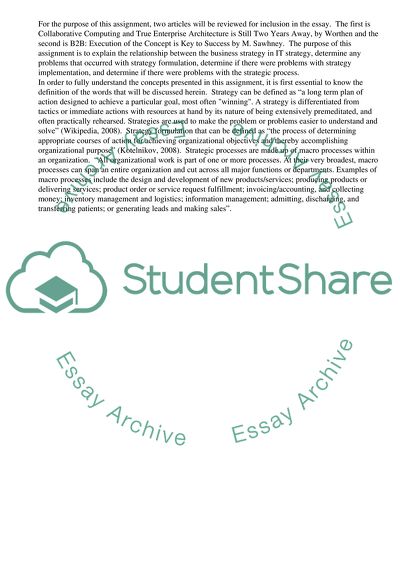Cite this document
(Execution of the Business Strategy and True Enterprise Architecture as Literature review, n.d.)
Execution of the Business Strategy and True Enterprise Architecture as Literature review. Retrieved from https://studentshare.org/business/1500994-strategic-analysis-and-selection-of-information-systems-essay
Execution of the Business Strategy and True Enterprise Architecture as Literature review. Retrieved from https://studentshare.org/business/1500994-strategic-analysis-and-selection-of-information-systems-essay
(Execution of the Business Strategy and True Enterprise Architecture As Literature Review)
Execution of the Business Strategy and True Enterprise Architecture As Literature Review. https://studentshare.org/business/1500994-strategic-analysis-and-selection-of-information-systems-essay.
Execution of the Business Strategy and True Enterprise Architecture As Literature Review. https://studentshare.org/business/1500994-strategic-analysis-and-selection-of-information-systems-essay.
“Execution of the Business Strategy and True Enterprise Architecture As Literature Review”, n.d. https://studentshare.org/business/1500994-strategic-analysis-and-selection-of-information-systems-essay.


